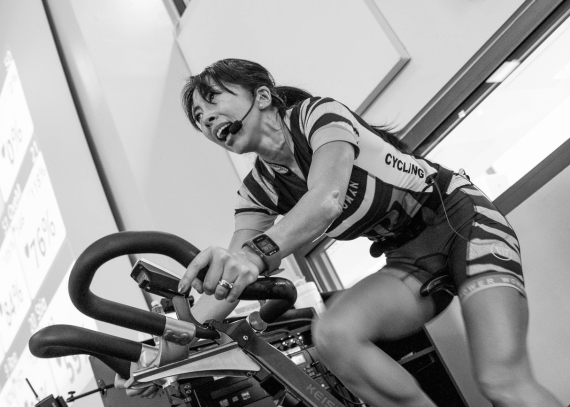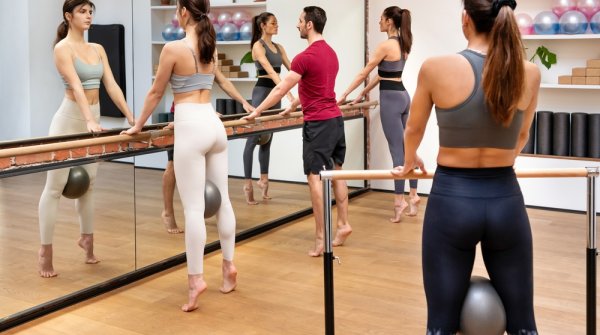
A preliminary form of spinning, so-called indoor cycling, developed in the USA in the 1970s and early 1980s. Stationary bikes, which until then had mainly been used in sports medicine for performance tests, were now also used in fitness studios and wellness centres. Under the term bicycle ergometer, these indoor bikes can still be found in numerous fitness studios today. However, the term spinning and the spinning bike in its current form did not appear until a few years later.
The South African cyclist Jonathan "Jonny G" Goldberg is considered the inventor of spinning. Goldberg was preparing for the 3,100-mile Race Across America, one of the toughest bike rides in the world, when he narrowly escaped accidental death during a late-night workout. The then 31-year-old then decided to carry out his preparation mainly within his own four walls from now on.
His self-created training program was increasingly popular with friends and neighbors, because spinning was an effective and low-risk way to do something for your health. In the following years, Goldberg continued to optimize his indoor training and combined it with music - in the early 1990s, today's spinning was finally born.
Whereas Goldberg had started his indoor training by cycling on a conventional street bike on a treadmill, he was able to launch the first commercial spinning bike just four years later with his business partner John Baudhuin. In 1994, the two finally founded the company "Mad Dogg Athletics" and registered the term spinning as a protected trademark.
The following years heralded a furious triumphant march for music-accompanied indoor cycling. More and more fitness studios included spinning in their course programs, and bikes and equipment were constantly being developed to meet the growing competition. In 199, the first international spinning trade fair, the "World Spinning and Sport Conference", opened its doors in Los Angeles. Here the latest trends and training methods were presented to the public.
Today, spinning has a firm grip on the fitness and sports scene: there is no studio where you don't come across the sleek indoor bikes and numerous spinning classes. The big advantage compared to conventional cycling: Everyone can individually adjust the desired intensity on the spinning bike - in addition, the motivation is guaranteed by pedaling in a group and the rhythmic music. So if you like sitting in the saddle and want to do something for your fitness and health, you should give spinning a try.

Spinning is not only more fun in a community, but it also challenges ambition and motivation. If you are wondering how to find the right spinning course, the answer is simple. Because the first step is the intake interview, during which an individual performance check and a comprehensive medical history should take place. It is also important to ascertain your training condition and previous sporting experience, but above all any health complaints, because only then can spinning really become the secret of your sporting success and not a health risk factor.
However, the behaviour of the group among each other is also decisive. That's why you should ask yourself when you're getting used to spinning how they interact with each other, whether you might get tips from the others or whether sporting friendships can actually form.
- ISPO awards
- Mountain sports
- Bike
- Design
- Retail
- Fitness
- Health
- ISPO Job Market
- ISPO Munich
- ISPO Shanghai
- Running
- Brands
- Sustainability
- Olympia
- OutDoor
- Promotion
- Sports Business
- ISPO Textrends
- Triathlon
- Water sports
- Winter sports
- eSports
- SportsTech
- OutDoor by ISPO
- Heroes
- Transformation
- Sport Fashion
- Urban Culture
- Challenges of a CEO
- Trade fairs
- Sports
- Find the Balance
- Product reviews
- Newsletter Exclusive Area
- Magazine






